The Royal Parks’ new scheme to make one of their key cycle routes deliberately worse for cyclists is not just depressing in itself. Even worse is that it is being funded by the Central London Grid, part of the TfL cycle budget. It shows how the new mayoralty’s “Healthy Streets” policy could come to be used against cycling more widely.
The official version of Healthy Streets, published last month, is one where walking, cycling and indeed going by bus are all one united family of virtuous, green travel modes, with no conflicts of interest between them, safely mixing together in a political (and perhaps indeed physical) shared space.
But it isn’t true. Physically, as any user of (say) Exhibition Road in Kensington or Queen Street in the City knows, shared space in busy, built-up streets is a costly failure. It looks pretty on TfL slides, but it works for neither cyclists nor pedestrians. As the pedestrian group Living Streets points out in this recent demolition of the Queen Street scheme, it is particularly bad where there are large numbers of either.
Politically – though many cycling campaigners may feel uncomfortable admitting this – the interests of pedestrians and cyclists are sometimes different (though by no means always, as the common opposition to shared space shows.) The Royal Parks says it is degrading its bike route on Broad Walk specifically to benefit pedestrians, who it declares are its priority users, “even in areas designated and marked for other purposes” (alas, this stirring principle applies only to its cycle routes, and not to its routes designated and marked for motor traffic.) One objection routinely made by opponents of the superhighways was that they were against pedestrians’ interests.
Of course the Royal Parks and the superhighway nimbies exaggerate the conflict to make their case. On Broad Walk, even by the parks people’s own figures, there are all of two near-misses a week between cyclists and pedestrians – on a path used by about 35,000 cyclists a week, last time we counted.
On the superhighways, there are longer waits for pedestrians at some crossings –usually only by a few seconds – but also massive pedestrian benefits, including 22 new crossings and 35 quicker crossings on the east-west and north-south routes alone, plus thousands of square metres of new pavement.
But not all conflicts of interest are completely imaginary. My concern is that where there are such conflicts, or even claimed conflicts, the decision will go against cycling. The evidence isn’t just Broad Walk (on which Will Norman, the new walking and cycling commissioner, conspicuously refused to comment). There is also the scheme at Lambeth Bridge, rejected by me more than three years ago, to widen the pavements (in a not particularly pedestrian-heavy area) at the expense of space for cycling. There was also Norman’s first interview, in which he said that pedestrians had been “neglected” and “ignored” and that “given the statistics around pedestrian fatalities, that is something that has to change.”
This was factually wrong on all counts. The statistics in fact show that, by distance travelled, the pedestrian fatality rate is about the same as the cycling fatality rate – and the pedestrian serious injury rate is almost two-thirds lower. Both pedestrian and cycling casualties have been coming down. By last year, cycling deaths and serious injuries in London were 10 per cent below the 2005-9 average; pedestrian deaths and serious injuries were 38 per cent below it.
This, no doubt, is in part because pedestrians have not been neglected or ignored. They already and rightly have segregated infrastructure on every street in London, apart from the few shared space ones (see above). In the last eight years, massive further investment has been made in London’s pedestrian space, both within the cycling programme and outside it.
Another piece of evidence came at last month’s talk to cycling campaigners, when Norman and his boss, Val Shawcross, deputy mayor for transport, talked of reinstating the “hierarchy of provision,” which places walking above cycling in the order of transport virtue. Nor may the order of priority in Norman’s own job title be entirely without meaning.
We didn’t have a hierarchy of provision in my time. Just as in the Royal Parks, I found that it often seemed to be applied against cycling, but somehow much less often against cars. We instead tried to balance the interests of pedestrians and cyclists – and succeeded more often than not. Nearly all our schemes were strongly supported by pedestrian groups (some of the others making pedestrian-based objections turned out to be the motor lobby in disguise.)
And if we did focus on cycling more than in the past, it was for two reasons. First, because (unlike pedestrian infrastructure) cycling infrastructure barely existed. For most of the last forty years, it is of course cycling which has been neglected and ignored. A few years of relative focus and attention under the last mayor can’t make up for decades of near-total neglect. Norman’s implication that it can, that cyclists have had their quota of policymakers’ interest, and the light must now shine elsewhere, is worrying.
Second, because if you actually want to improve people’s health, increase active travel, reduce motorised travel and clean up the environment (the Healthy Streets policy’s stated objectives), cycling can do more, more quickly, than any other mode.
Perhaps the key limitation of walking is that it is only feasible for much shorter distances than most Londoners want to travel. The average passenger trip length across all modes in London is about 6 miles. The average bus trip is about 4 miles, and the average Tube trip about 9 miles. But for time-pressed Londoners, walking more than a mile or two simply takes too long. The average walking trip is currently 0.3 miles, and there is a “virtual absence of trips above 3km [1.9 miles],” according to TfL.
Cycling is feasible for much longer trips, and therefore for a greater proportion of trips which are currently taken by motorised modes. It is also feasible for some freight or delivery trips as well as passenger trips.
Of course, many more people walk than cycle, so perhaps if they all walked just a bit more, maybe as part of a longer journey involving public transport, the effect could be the same. But you’d have to change the behaviour of a very large number of people indeed – and how do you do that?
In cycling there exists a policy instrument – the segregated track – with a proven record, here and abroad, of swiftly and massively increasing the number and length of journeys made by bike and bringing about substantial shift from motorised modes.
I can think of no equivalent for walking which could have the same effect, so quickly. The policy instruments available – wider pavements, easier pedestrian crossings, lower-traffic streets – are smaller and more incremental. They don’t represent the same game-changing improvement as a superhighway represents for a cyclist.
Perhaps that is the point. Perhaps the fact that walking infrastructure doesn’t represent so big a change to the status quo is precisely why it appeals to a mayor who wants to avoid “confrontation” with the motor lobby.
One of the reasons for the audience’s slight restiveness at Norman and Shawcross’s meeting with cycle campaigners last month was, as David Arditti put it, that “they were talking as if they were starting from nothing, as if the last administration had not also had strategy on these things, and had not done quite a bit of good…They were talking as if an active travel agenda had to be created for the first time ever, and not as if the main issues had been gone into already.”
I am worried that Norman and Shawcross are indeed trying to reinvent the wheel. That quite a lot of Sadiq’s “record budget for cycling” looks like being spent on measures with no practical benefit for cycling at all – or, as in the Royal Parks, on actually making matters worse. I am worried that this may a reinvention without the wheel – the bicycle wheel, that is.
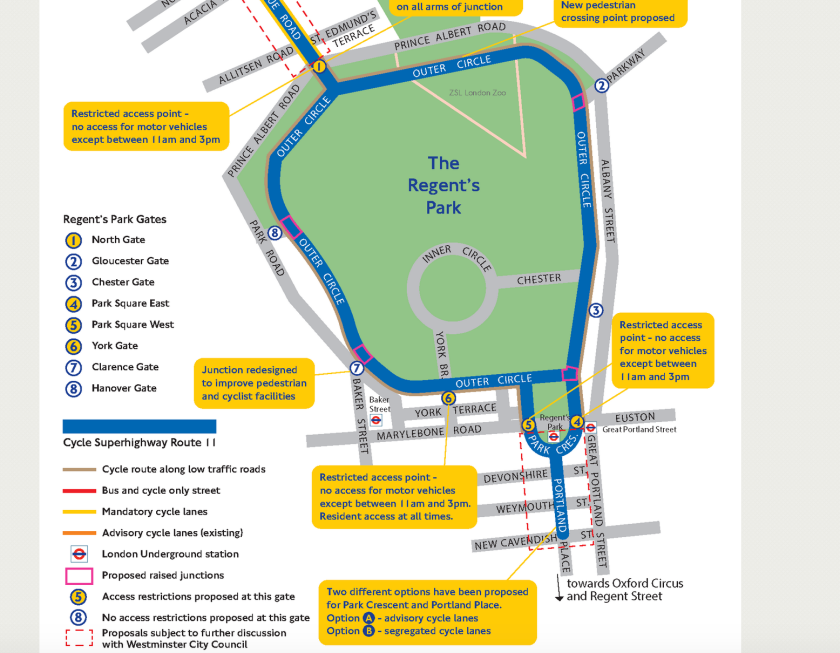
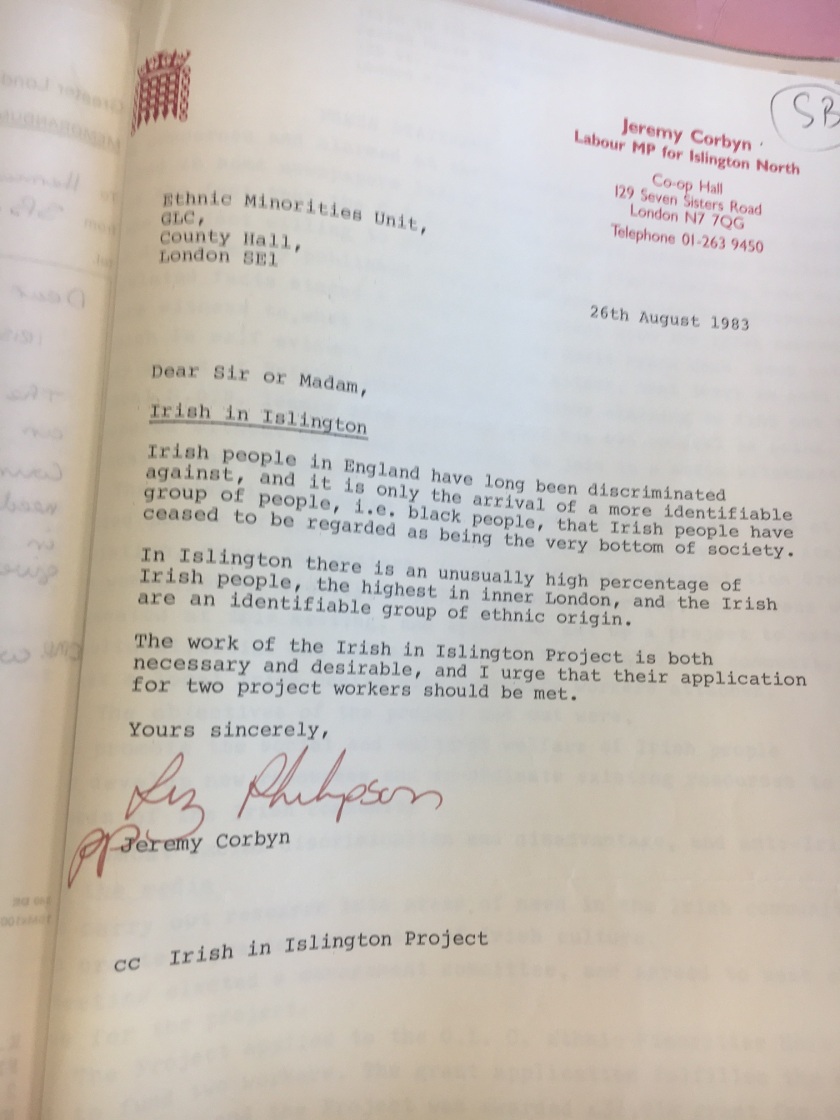
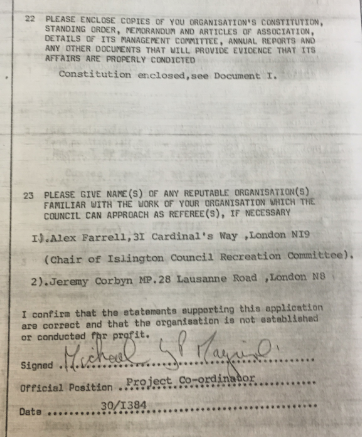
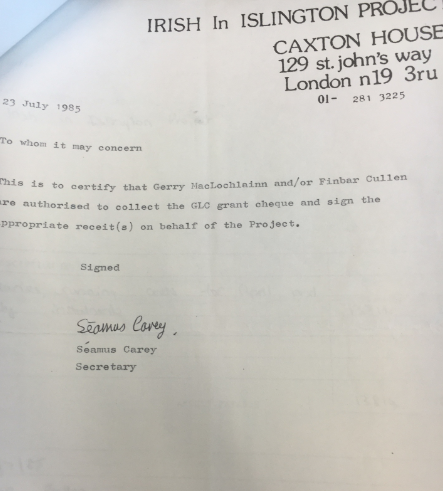
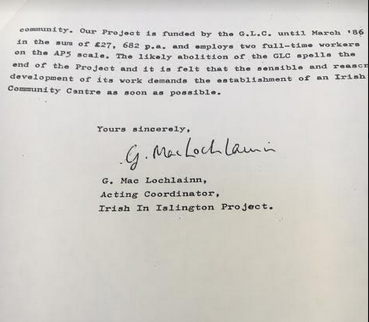
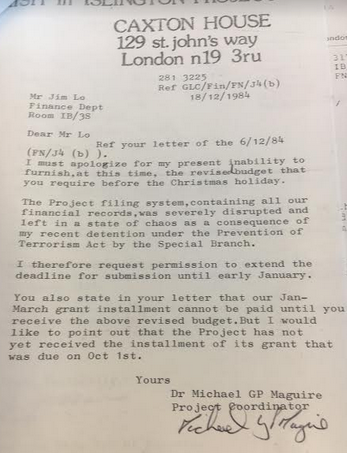
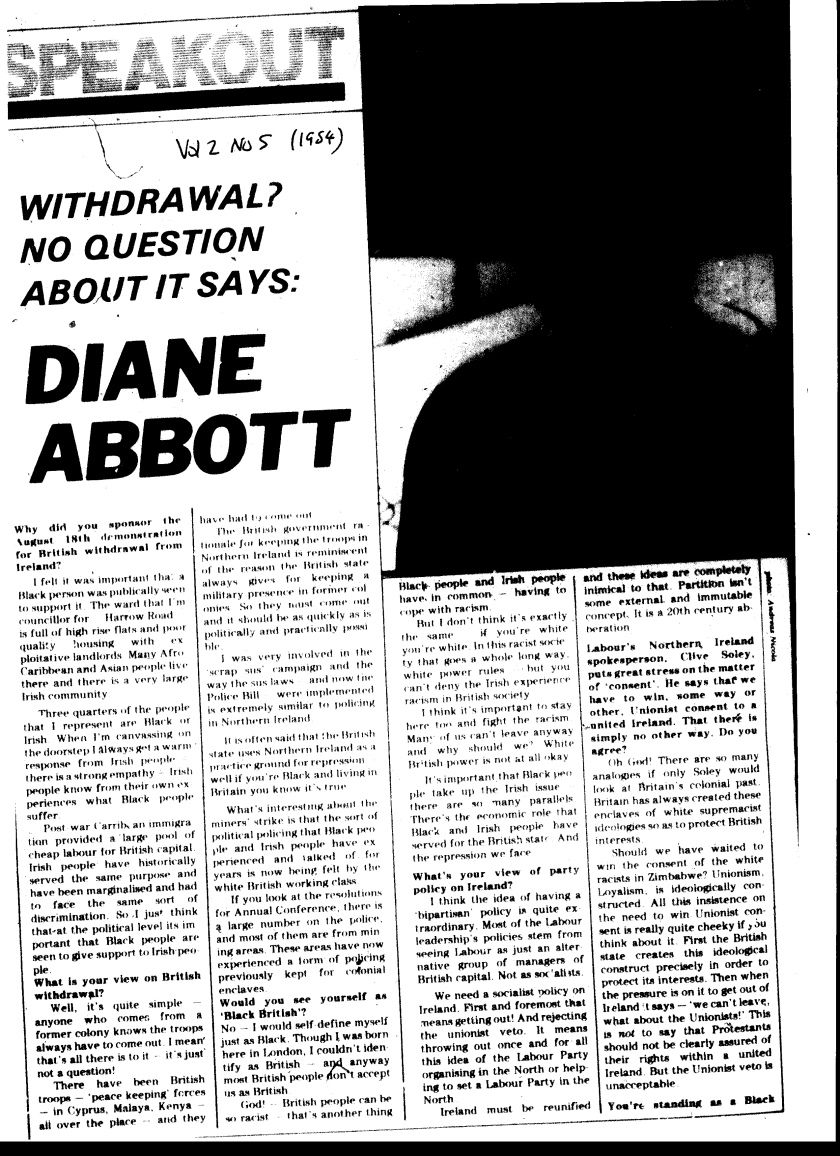



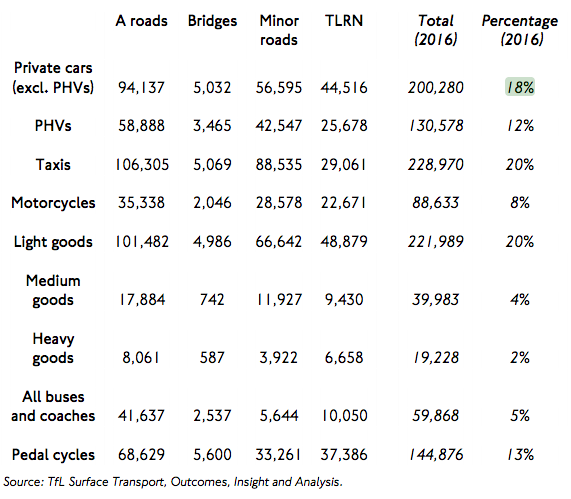
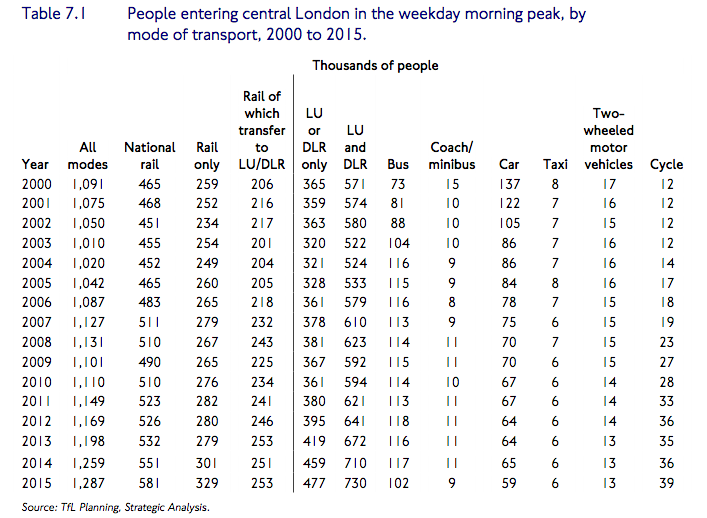
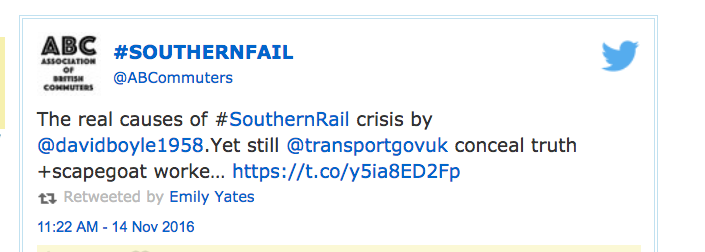



You must be logged in to post a comment.